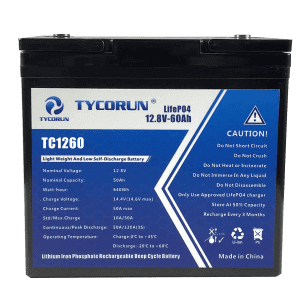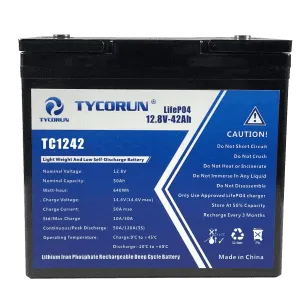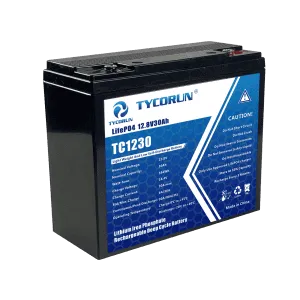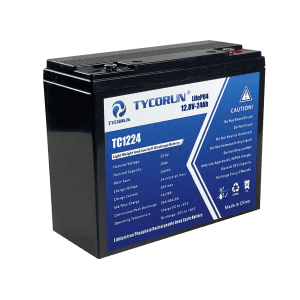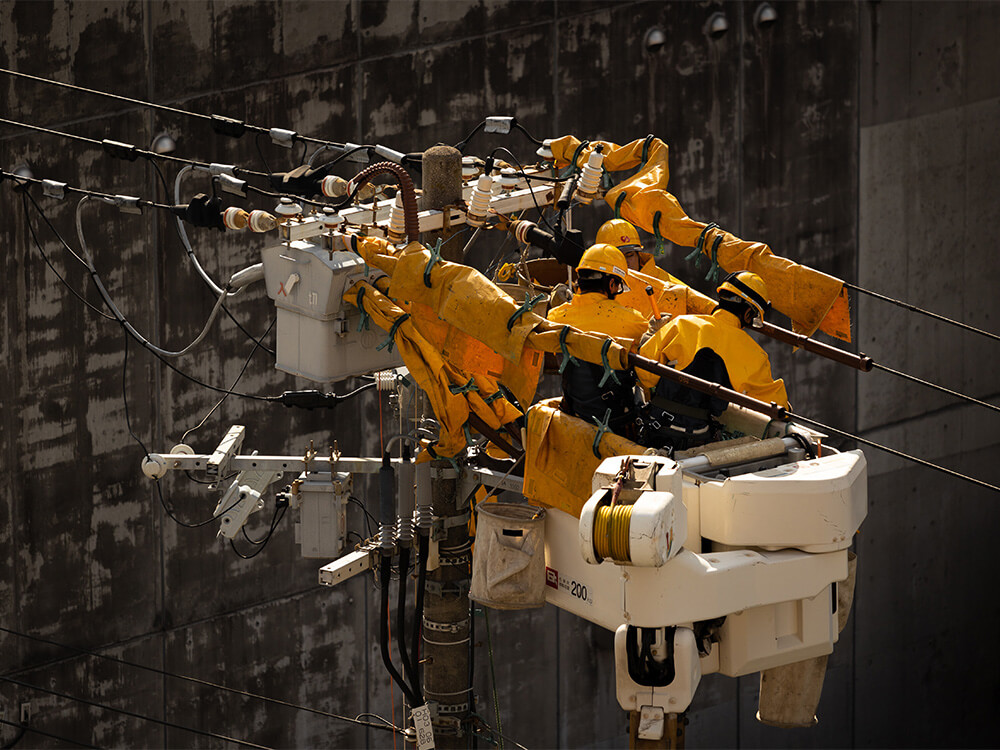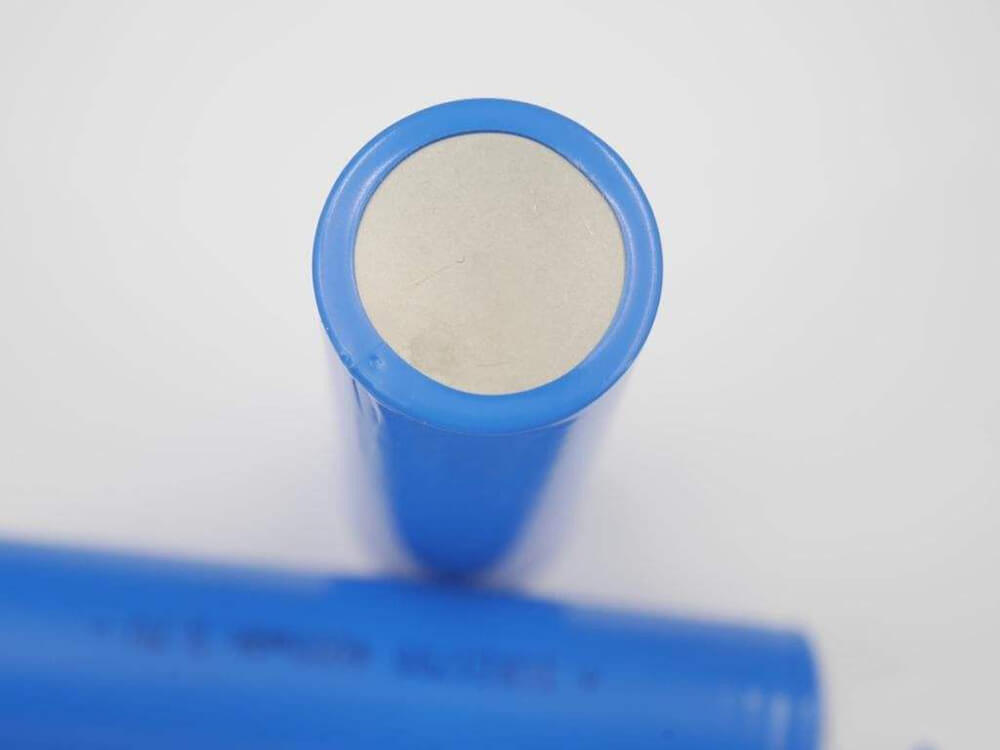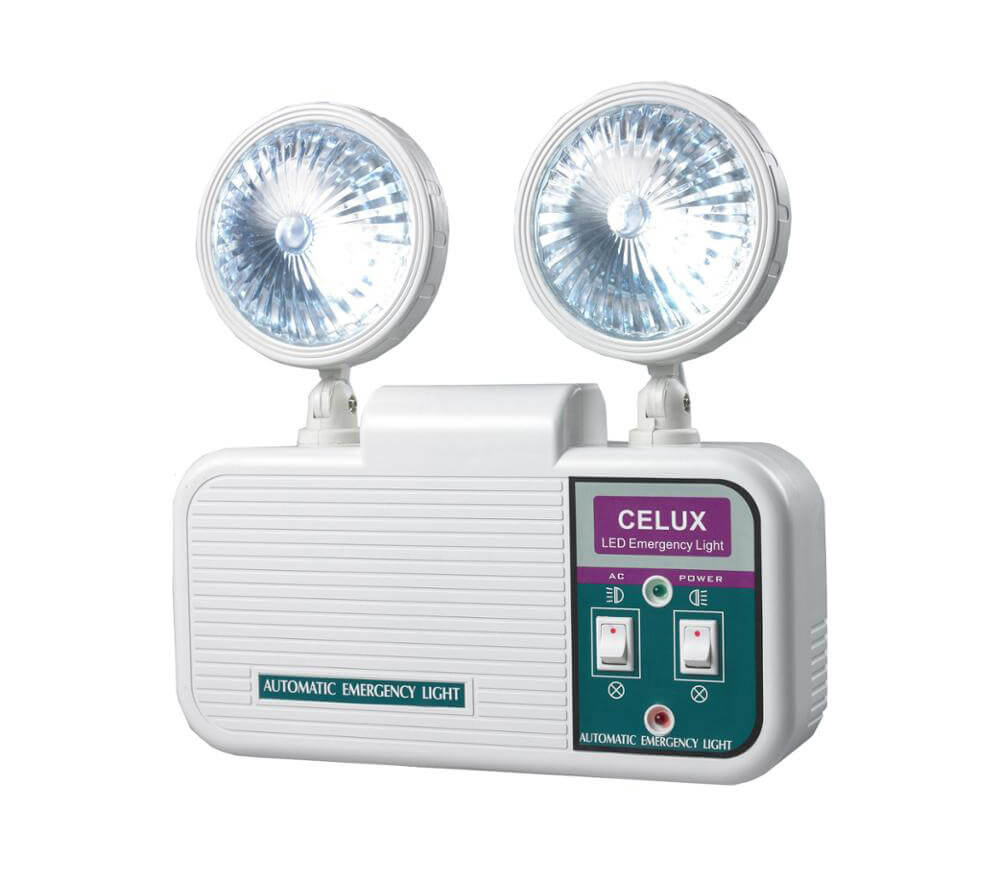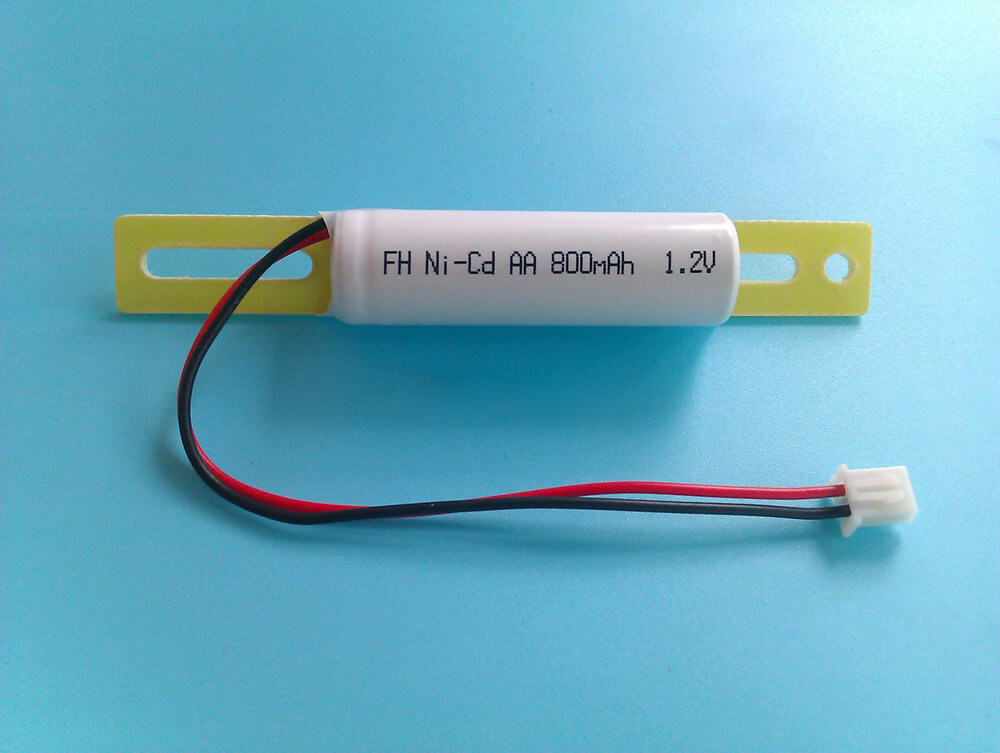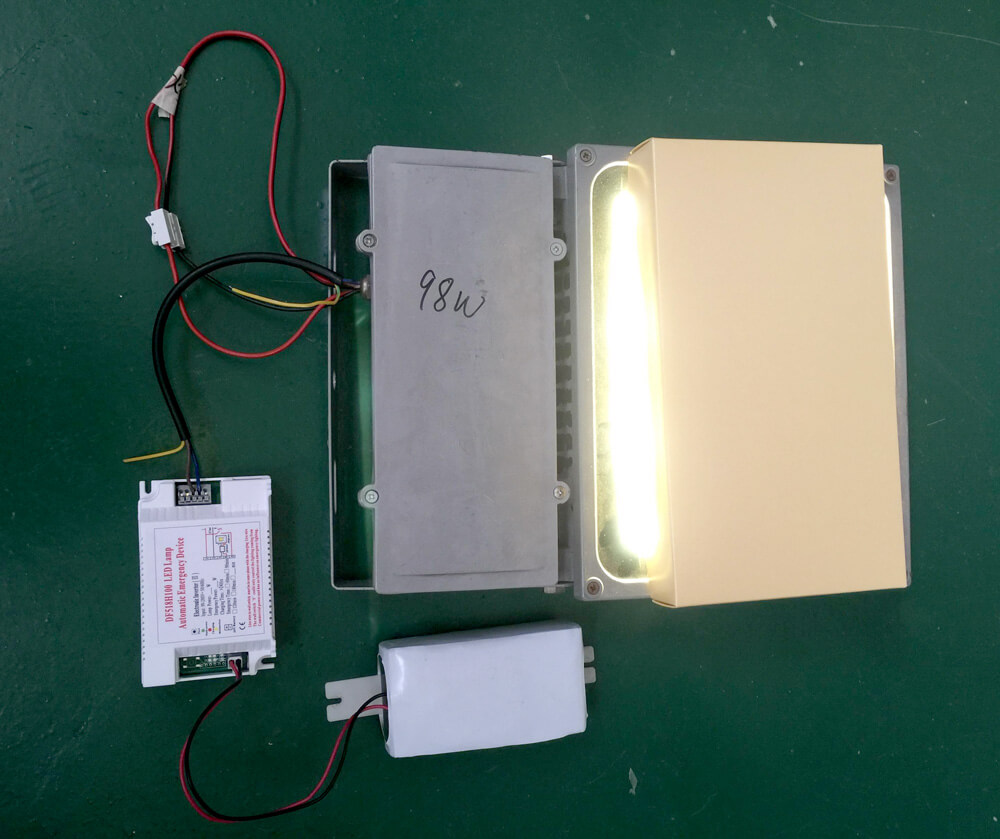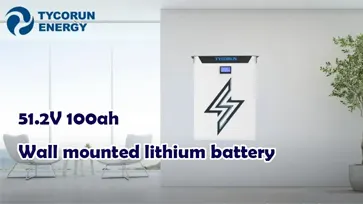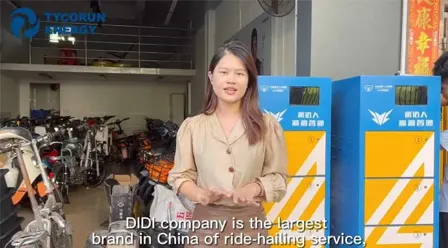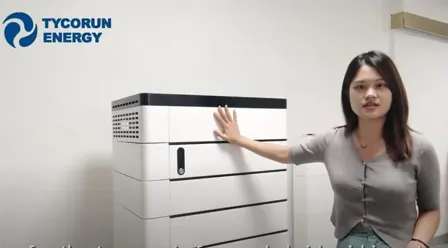Lithium-ion Emergency Light Battery
Emergency Light Battery
14-year professional lithium ion battery manufacturers, 10-year warranty on battery packs, using the best BMS protection board, protecting the emergency lighting battery pack from overcharge, overdischarge, overcurrent, short circuit, etc, with excellent self-discharge rate. Configurable Bluetooth, can be connected in series and parallel. The heating function and other special functions can also be customized. Enough stock for the 10 series of 12v lithium ion battery. Can be shipped within 3 days.
Lithium ion Emergency light battery: The Ultimate FAQ Guide
- Battery Structure and Type
- Lithium-ion Battery and How It Works?
- Emergency Light Battery
- Emergency Light and Emergency Light Battery
- How Do Emergency Lights Work Without Power
- Testing the Performance of Emergency Light Batteries
- Types of Emergency Lighting
- Lithium-ion Emergency Light Battery
- Performance Parameter of Li-ion Batteries
- The lifespan of Li-ion Batteries
- Lithium-ion Emergency Light Battery v/s Lead-acid Emergency Light Battery
- Lithium-ion Emergency Light Battery v/s Nimh Emergency Light Battery
- Safety Requirements When Using Lithium-ion Emergency Light Batteries
- When and How to Replace Emergency Light Battery?
- What if my Emergency Light Battery is not Charging?
- Can I use other batteries’chargers for Lithium-Ion Emergency Light batteries?
- Are the Lithium-Ion batteries waterproof?
- What are the Disadvantages of Lithium-ion batteries?
The revolution that Batteries brought to energy and all electricity-related facilities is quite amazing. Batteries have been largely in use for the past century. One cannot ignore its necessity and importance in daily life. Whether it is a smartphone, small D.C. fans, or Laptops, almost every electronic device requires a battery to function. Yet before getting into Emergency Lights and the batteries used in it, it is necessary to understand what batteries really are ?
Battery Structure and Type
A battery is a group of cells and an electrochemical device that converts Chemical Energy into Electrical Energy. There are basically two electrodes inside the cell (Cathode and Anode), and a suitable electrolyte for the purpose of conduction between them. The combination of several cells gives rise to a battery. The figure illustrating the structure of a cell is given below.
From the sense of recycling system, batteries are broadly divided into two categories: Rechargeable and Non-Rechargeable batteries. whilst every type of these two has different characteristics and different uses. The several types of rechargeable batteries include Lead – Acid Batteries, Nickel – Cadmium Batteries, Nickel – Metal Hydride Batteries, and the most popular one, Lithium-Ion batteries.
To know how a battery really works and turns the chemical energy inside it to electrical energy, the following is a special case of how a lithium-ion battery works.
Lithium-ion Battery and How It Works?
A Lithium-Ion battery like other batteries consists of a negative electrode normally composed of Graphite, a positive electrode composed of Layered Lithium (or ions of lithium), and a non-aqueous liquid electrolyte between the two electrodes. This battery works in a way that when it is charged, the Lithium-Ions along with electrons come out from the positive electrode (Cathode) and combine with the Graphite on the negative electrode (Anode).
The process becomes the opposite during the discharge phase. At discharge, the electrons and Lithium ions from the anode travel towards the cathode via electrolyte and again recombine there dissipating electric energy that is later used by the electric/electronic devices.
Here are the half-reaction equations to describe the working of Li-Ion batteries:
CoO2 + Li+ + e- ⇌ LiCoO2 (At Cathode)
LiC6 ⇌ C6 + Li + e- (At Anode)
LiC6 + CoO2 ⇌ C6 + LiCoO2 (Full reaction)
Emergency Light Battery
Emergency lights with battery backup is a device used during the power outage when all the lights of a building or an apartment suddenly switch off. In that scenario, the emergency light backed up by the battery switches on. These lights backed up by different type of emergency lighting battery pack comes in different voltage ranges i.e. 4.5V, 6V, 12V, and 24V.
The first emergency lights used were incandescent light bulbs. However, these days, LEDs are widely used in emergency lights due to their less power consumption.
Emergency Light and Emergency Light Battery
The emergency light battery has not a very long history. Since the day electricity became the need of the people, it was a crucial need to find a solution to the problem of a sudden power outage. furthermore, there was a special need for lights during an emergency such as sudden blackout due to power failure, walking at night in some lonely place e.t.c. With the advancement of technology, many ways and methods were developed to deal with the problem of a sudden power outage. The problem was eventually solved with the invention of Emergency lights.
At first, the emergency lights used employed incandescent lamps. Although, the incandescent lamps proved to be a good option for the blackout, the non-ability to highly illuminate the area was the problem with incandescent lamps which were able to dimly illuminate the nearer area. In addition, it was experienced to be more power-consuming.
But as time went on, the incandescent lamps were later thrown out of the arena and the fluorescent lamps started to dominate the emergency light industry. Later on, the Fluorescent lamps were superseded by the LEDs (Light Emitting Diodes), and the 21st-century Emergency lights highly use Light Emitting Diodes, along with rare Fluorescent and incandescent lamps sometimes (not necessarily).
As mentioned earlier, the emergency lights are backed up by rechargeable batteries. At first, the emergency lights backed up by different types of batteries such as lead-acid and nickel cadmium required a lot of space, and were rather heavier and bulkier. Eventually, those batteries for the Emergency lights usually tended to dwarf the size of the lighting system. As a result, all these negative points of these kinds of batteries used in the Emergency lights made them rare installations.
With the advancement of technology and most recently, when lithium-ion batteries started to be utilized in emergency lights, there was a significant reduction in the size of an emergency light. The capability of high load and high energy density of lithium-ion battery brought particular improvements in the intensity and performance of emergency lights.
Modern emergency lights have a cluster of LEDs as a part of the lighting system backed up by the modern lithium-ion batteries requiring less space and performing with high quality at the same time. Moreover, the use of Li-ion rechargeable batteries in emergency lights has lengthen the life expectancy of emergency lights.
How Do Emergency Lights Work Without Power
As discussed before, different batteries (Lithium-ion, Lead-Acid, NiCd, and NiMH) back up the Emergency Lights. In fact, the interconnected operation (with battery and power) of emergency lights makes it easy to function without power. When the power outage occurs, the Emergency Lights starts to use the stored power inside the emergency lighting battery pack. The Emergency Lights with battery backup again charge when the Lights of the House/Apartment/Office/Building restores.
Testing the Performance of Emergency Light Batteries
It is very important to timely test the batteries of Emergency Light units inside buildings, homes, apartments, and offices. Wherever the emergency lights are employed, the batteries backing up the Emergency Lights must be timely checked to if it needs maintenance. otherwise, one bad battery will severely affect the performance of the other Emergency Light units as well.
To test the Emergency Light battery, we need a Multimeter. The Battery tester can also be employed. However, the Multimeter is largely used.
Now, to check an Emergency Light battery, connect the positive (+) and negative (-) terminals of the Multimeter with the Positive (+) and Negative (-) ends of the battery and write down the mAh or Ah reading indicated by the Multimeter. Note down the battery label specification on the battery as well.
Repeat the same procedure for all the batteries in the lighting unit and note down the reading for every battery.Once the process is done, then calculate the charge level of the battery using Formula;
percentage charged = (Reading from multimeter / battery label specification) * 100
For e.g. If there is a battery having a battery label Specification of 2000 mAh, and the Multimeter read 1500 mAh, then using the above formula, we can easily calculate the charge percentage of the battery.
i.e. (1500/2000)*100 = 75%
If the charge percentage is coming less than 50, the battery must be replaced immediately.
Types of Emergency Lighting
Maintained Emergency Lighting
These are the Emergency lights that are always on irrespective of whether there is an occurrence of a power outage or not. These kinds of Emergency Lights are always ‘ON’. In case there is a power outage, then there is no complete darkness due to the Maintained Emergency Lighting System. This Emergency Lighting System is used at those places where a large number of people congregate.
Non-Maintained Emergency Lighting
The Non-Maintained Emergency Lighting Systems involve the Emergency Lights that get engaged only after the occurrence of Power Outage.
Lithium-ion Emergency Light Battery
As discussed above, lithium-ion battery is dominating every field of our life where energy or storing of energy is being meant. From transportation to industries, from household facilities to large solar plants. One can never ignore that this is the battery chemistry people tend to spend on more and more.
Yet all the fame and prestige of this battery never came into the ground easily. The lithium-ion battery has got the following outstanding characteristics.
Performance Parameter of Li-ion Batteries
The Energy density of Li-ion batteries is very high (approx. 900kJ/kg). However, the energy density and voltage may vary according to the material used as Cathode and Anode. In addition to its excellent energy density, the price of lithium-ion batteries has fallen to around 95% from 1991 to 2018, and the best quality batteries having high efficiency can now be obtained at nominal rates. And this fall of price in its price has made it possible to use lithium ion battery for emergency lighting and experience its advantages.
The lifespan of Li-ion Batteries
There are various ways to measure the life cycle of Li-ion batteries. However, the popular and most commonly used method is to measure the charge-discharge cycle reaching a failure threshold in terms of capacity loss. The life of a Li-ion battery depends upon the charge and discharge pattern.
The everyday lead-acid battery can normally last between 300-500 charge/discharge cycles. But, this number can be numerous times higher for a lithium-ion battery. As a result, a lithium-ion battery may have a 4-5 times higher life cycle in contrast to that lead-acid battery. Other parameters including temperature, charging time etc. also play a crucial role in defining the lifespan of a Li-ion battery.
As a result, considering all the above amazing factors of the lithium-ion battery, it is the best choice for industries worldwide to utilize them as emergency light batteries. The discussion below discloses why a lithium-ion battery is best suited for emergency lights. Let’s have a small glance at its spectacular specifications with some other battery technologies used as emergency light batteries.
Lithium-ion Emergency Light Battery v/s Lead-acid Emergency Light Battery
Energy Density
The energy density of lead-Acid batteries is pretty low i.e. between 80-90 Wh, while the Energy Density of Li-ion batteries depending upon various sizes ranges between 250-693Wh.
Self-discharge Rate
The Self-Discharge rate of Lithium-Ion Emergency Light Battery is very less (between 0.35% to 2.5%) per month, whereas the Self-Discharge rate of Lead-Acid battery is way too high i.e. between 3-20%.
Efficiency
The Li-ion Battery is more efficient and has better output than the Lead-Acid Emergency Light Battery. This is basically due to the low discharge rate of Li-ion batteries, high energy density, and low memory effect.
Lifespan
As told earlier, the lifespan of Li-ion batteries is pretty higher. The longevity of Li-ion batteries could also be increased if certain precautions and guidelines are followed. While the life expectancy of the Lead-Acid batteries tends to fail after a year. Li-ion emergency light batteries can work without failure for more than 2000 cycles. Most of the Li-ion batteries retain 80% of their original capacity after multiple charging.
Fast Charging
Unlike lead-acid batteries that can be charged up to 85% capacity, Lithium-ion batteries can be charged quickly to 100%. If the charger is strong and powerful enough, then the Lithium-ion emergency light batteries can be charged within an hour.
Energy Wastage
The energy wastage of a Lithium-ion emergency Light battery is very less, compared to a Lead-Acid battery. Thus, surpassing lead-acid here too.
Maintenance Requirement
Emergency Light backed up by lead-acid batteries requires a periodical change of electrolyte in between the plates of the cell, however, this s not the scenario with the Lithium-ion Battery.
Placement
Emergency Light backed up by lead-acid battery required vented and special compartment for its placement. However, with Lithium-Ion Emergency Light Battery, there is no need for a separate vented compartment for the battery. Lithium-Ion batteries can easily be fixed, or assembled into various shapes, thus requiring very little space.
Lithium-ion Emergency Light Battery v/s Nimh Emergency Light Battery
Energy Density
While the Energy Density of NiMH batteries depending upon various sizes ranges between 140-300 Wh, the Energy Density of Li-ion Emergency Light battery ranges between 250-693 Wh. Thus, in terms of energy density, the Emergency Battery backed up by Lithium-ion batteries is way ahead of NiMH Emergency Light Battery.
Self-discharge Rate
The Self-Discharge rate of Lithium-Ion Emergency Light Battery is very less (between 0.35% to 2.5%) per month. whereas the Self-Discharge rate of NiMH Emergency Light Battery ranges between 0.08 to 2.9% per month. Thus, both the batteries are champions in terms of discharge rate.
Efficiency
The Charge/Discharge efficiency of Li-ion batteries ranges between 85%-90%. However, with NiMH batteries, the Charge discharge efficiency lies between 63-70%, which is somewhat less than Li-ion batteries. The high energy density and the output power offered by Li-ion batteries are much higher than NiMH batteries. Thus, the Li-ion Emergency Light battery is rather more efficient than the NiMH Emergency Light Battery.
Lifespan
The life expectancy of the NiMH batteries is not large enough and they tend to fail after a few months. This is not the case with Li-ion rechargeable batteries. Li-ion batteries have cycle durability of around 2000-5000 cycles. The longevity of lithium-ion batteries could also be increased if certain precautions and guidelines are followed.
Fast Charging
Unlike NiMH batteries, lithium-ion batteries can be charged quickly to 100% in no time, and can be charged in only one hour if connected to a quality charger. However, every Charger is different for different variety of Li-ion batteries.
Energy Wastage
Both the batteries i.e. Lithium-ion battery as well as NiMH battery are energy efficient. Thus, in terms of energy efficiency, both the batteries used in emergency light are somehow the same.
Maintenance Requirement
Emergency Light backed up by NiMH battery as well as Li-ion Emergency light battery requires very little maintenance. However, due to its very small size, high energy density, large energy efficiency, the Li-ion emergency Light battery might be preferable in the maintenance section too.
Placement
To be more specific, both the Batteries utilized as Emergency lights i.e. NiMH as well as Li-ion Emergency Light Battery require very little space.
Safety Requirements When Using Lithium-ion Emergency Light Batteries
The Lithium-Ion batteries although are more advantageous as compared to the other batteries, there are some disadvantages as well. Therefore, some safety parameters are discussed below:
• The Lithium-Ion batteries may catch fire if they are overcharged. Hence, the Emergency-Lights using Lithium-Ion batteries must not be overcharged. Although the advancement and innovations brought in technology have made many things easier to use nowadays. The Emergency Lights are coming with the built-in AI these days. By doing that, the Emergency Light backed up by a Lithium-ion battery automatically cuts off the power once the battery gets fully charged.
• The lithium-ion Emergency lights battery must not be placed in a room where there is direct contact with sunlight. The high temperature decreases the performance and lifespan of lithium-Ion batteries.
• The Lithium-Ion emergency light batteries must not be charged with a different charger from another device. This also decreases the Lifespan and performance of batteries. They must be charged by their own chargers.
• These precautions must be taken seriously to extract amazing performance from the Li-ion Emergency Light batteries, and to experience all the advantages explained in the content.
The lithium-ion battery is a good future choice and is getting used in various other equipment.
When and How to Replace Emergency Light Battery?
The Emergency Light Batteries must be checked at regular intervals (either monthly or annually). Suppose, during the emergency lighting test, the light does not glow for about 90s, then the test proves unsatisfactory, and it is better to replace Emergency Light Batteries.
About Emergency Light Battery replacement, the following steps must be followed:
• Open the Housing of the Emergency Light Battery using Screwdriver
• After opening the housing, there will be a lot of wires of different colors (normally Red, Black, Green, Yellow or else). The black, red, blue, and White wires are the indicators that the wires are coming out of the AC electrical conduit to the voltage transformer leading to the switching circuits. The other wires connect the circuit board to the battery.
• Remove the batteries carefully from the housing, and change them with the new battery.
What if my Emergency Light Battery is not Charging?
This usually happens when there is a problem with the battery i.e. battery may not be getting enough power to get charged or the battery has been dried up due to prolonged use. If the problem is due to the bad battery, then the battery must either be repaired (if it could get repaired), or the battery must be changed with the same new battery. Sometimes there exists a problem with the charger too. So, all of these must be checked before arriving at the final conclusion and thinking out the remedy of it.
Can I use other batteries’chargers for Lithium-Ion Emergency Light batteries?
Lithium-Ion batteries have a tremendous quick charging phenomenon and have long durability as well. However, the particular Lithium-Ion battery must be charged with its own original charger. If the Lithium-ion battery is charged with another charger, then there is a high chance of battery light being affected.
Are the Lithium-Ion batteries waterproof?
The Lithium-ion batteries are covered with a special airtight casing making it a waterproof kind of a battery.
What are the Disadvantages of Lithium-ion batteries?
Protection
Lithium-Ion batteries require a lot of Protection, unlike other batteries.
Safety Hazard
Due to the Hazardous and explosive electrolytes present, the Lithium-Ion batteries are prone to get burnt. There are many instances where the mobile battery at an instant got blown up.
Require Protection Circuit
Lithium-Ion batteries require a unique protection circuit to limit the current and voltage at a nominal safe value.
Requires a lot of Care
The Lithium-Ion batteries must be handled with care. They must not be placed in direct sunlight places and must be charged with their own chargers. Apart from that, there are other things too.
Cost
Lithium-Ion batteries unlike other batteries are costly.
Conclusion
From the above discussion, it is clear that the Emergency Light backed up by the Lithium Ion (Li-ion) batteries are far better than the other Emergency Lights backed up by some other kind of batteries.
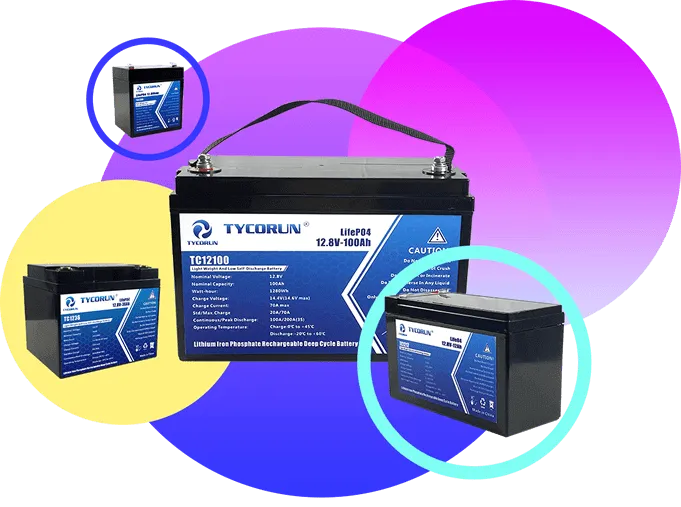
About lithium ion battery manufacturers
TYCORUN® has more than 14 years of experience in the lithium battery industry and is a Chinese high-tech enterprise that develops, produces and sells various new energy battery products.
12V lithium ion battery production capacity accounts for 80% of our lithium battery manufacturing products
High quality assurance
TYCORUN is determined to become a leader in the lithium battery industry, quality is our culture!
Professional manufacturers
With lithium ion emergency light battery pack as the core, integrating channels and technologies
Factory wholesale price
We promise to let customers get the most cost-effective lithium emergency lighting battery pack
Reliable Service Assurance
Provide lithium ion battery operated emergency lights OEM, ODM, 1 MOQ.Full Set of Certificate
Video Gallery
Lithium ion Battery News

One-stop Africa battery swap solution – new energy electric motorcycle intelligent operation management
This article will cover the current situation of Africa’s market, the rapid development of the Africa battery swap industrial chain and Tycorun’s battery swap solution.

Top 6 high-rate cell companies in China
Among the manufacturer producing high rate battery, BAK, EVE, LISHEN, MOLICEL, SAMSUNG SDI, and SunPower stand out for their outstanding products.

Top 10 solid state battery manufacturers in China
China’s solid state battery development is in the accelerated stage, the top 10 solid state battery manufacturers mainly have the following

New Ganfeng battery – ultra safe semi-solid battery with high performance
This article details Ganfeng Lithium’s solid-state battery development, technological innovations, and the performance of the ganfeng battery in safety tests.
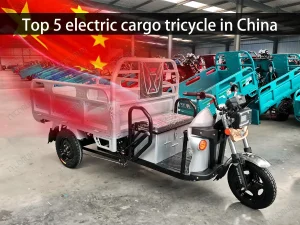
Top 5 electric cargo tricycle in China
This review presents the top 5 electric cargo tricycles in China, featuring detailed specifications and performance insights. Evaluating criteria such as load capacity, battery efficiency, and safety features, this guide assists buyers in selecting the ideal tricycle based on individual requirements.
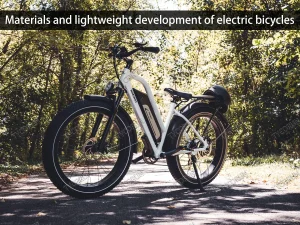
Materials and lightweight development of electric bicycles
This article provides an insightful exploration into the development of electric bicycles, focusing on advancements in materials and lightweighting techniques. It delves into the historical evolution of electric bicycles, analyzes various bicycle frame materials, discusses the development of electric power assist technology, and offers an overview of the electric assist bicycle market. Through detailed examination and analysis, it highlights the importance of lightweighting for electric bicycles and identifies key trends shaping the industry’s future.

